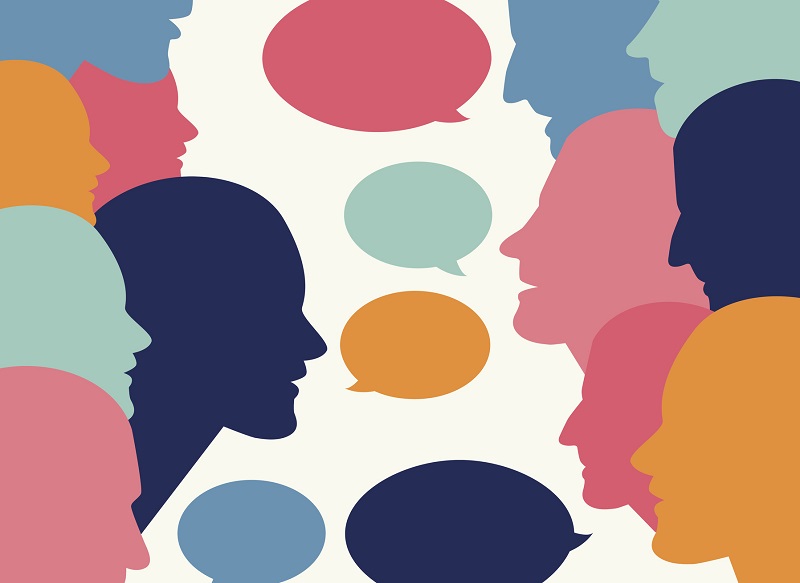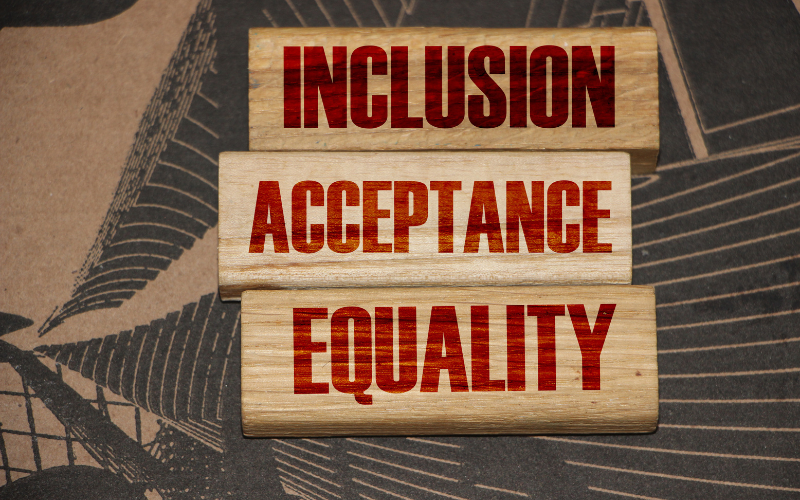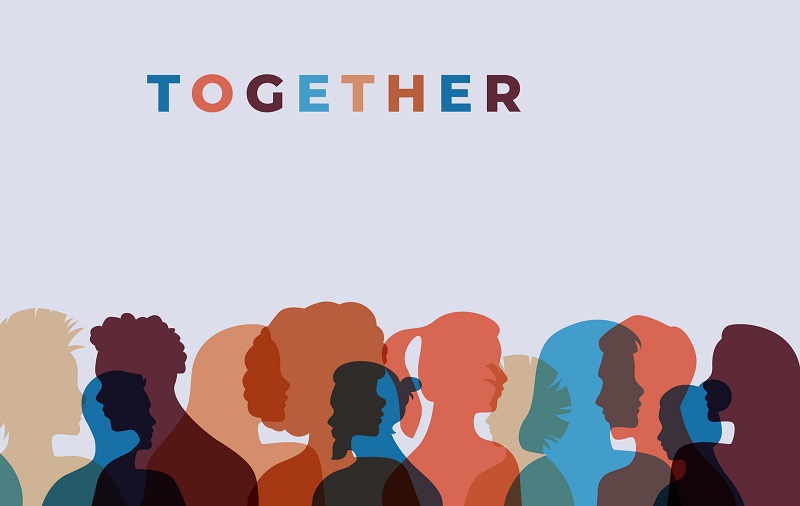Organisations should become equitable places where all groups are free from discrimination. However, the existence of microaggressions makes this goal a little harder to achieve.
Microaggressions are different from direct discrimination, making them harder to spot and prevent. They include behaviours that the perpetrator and others might not realise are discriminatory to certain groups.
Microaggressions – examples
Microaggressions happen when people’s biases against underrepresented groups are revealed, leaving the victim feeling discriminated against. US magazine Psychology Today calls it “everyday verbal, nonverbal, and environmental slights, snubs, or insults, whether intentional or unintentional.”
There are many examples of microaggressions in the workplace such as a male employee speaking over a female colleague during a meeting or labelling a woman as “bossy.”
Microaggressions can discriminate against various workplace groups, including LGBTQ+ staff, such as using the wrong gender pronoun to refer to a colleague.
An example is referring to a non-binary individual as ‘him/her’ or a transwoman as ‘he’ when they may identify as ‘her’ or ‘they’ or calling colleagues ‘guys’ during a meeting when there could be staff with multiple gender identities in the room, or on the call.
Other forms of microaggressions can discriminate against religious groups, such as scheduling important deadlines, meetings, or events during religious holidays.
Microaggressions harm workplace equity, belonging, and psychological safety. Removing them requires re-examining how we communicate with others and to think before we speak, as often microaggressions can be the unconscious result of learned discriminatory behaviours in society.
How to eradicate microaggressions from the workplace
Eradicating microaggressions must start with leadership, as leaders are in charge of what behaviours are acceptable from the workforce, and what isn’t.
1. Lead by example
Leaders must identify microaggressions and call them out, thereby creating an environment of psychological safety for employees – which should hopefully encourage staff to call them out too.
2. Create a safe space to talk
Leaders must cultivate a safe space where employees can voice their concerns if they think a microaggression has taken place, and where they are confident that they’ll be listened to and supported.
3. Learn by asking
Everyone can contribute to microaggressions, even leaders. In discussions with victims, leaders must be prepared to face the fact that they may also contribute to them. Be open and humble, and ask whether any personal actions whether past or present have contributed to this inequality.
4. Listen and make changes
For leaders, listening to affected employees and discussing ideas for preventative measures is key. They should then share updates on how the business will prevent this microaggression from happening again.
These changes could be introducing lunch-and-learn sessions from diversity and inclusion experts on examples of indirect discrimination, issuing a workplace statement highlighting scenarios that cause offence to minority groups, or letting minority staff share examples of microaggressions, and what language and behaviour to avoid, with the rest of the workforce in judgement-free workshops, subject to their approval and consent.









